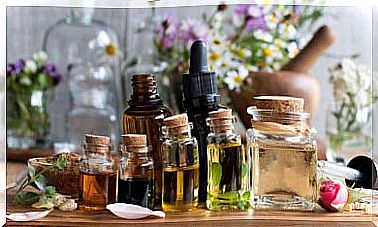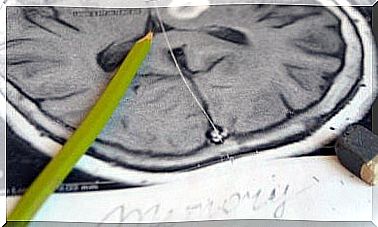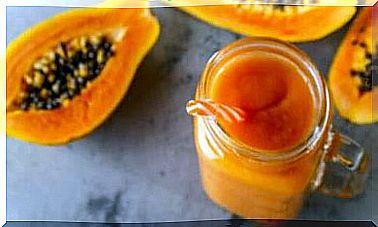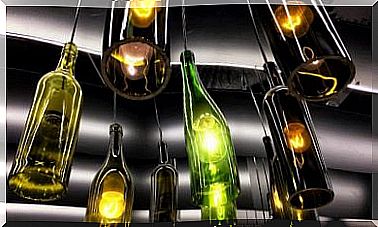5 Houseplants That Can Be Dangerous
Although most of these houseplants are poisonous only if there is direct contact, it is best not to take risks, especially if you have small children or pets that could ingest them.

Indeed, many of them purify the air in our home. However, the presence of certain plants in our interior can be dangerous.
In this article, we’ll tell you why it’s best to keep certain plants away, especially children and pets.
Instead, opt for healthy plants that you can have in your home without any risk.
Are indoor plants really dangerous?
The houseplants that we are going to talk about in this article are especially dangerous when there are children and animals in the house. Indeed, their ingestion is toxic for the organism.
However, some of them can also cause damage. This is particularly the case when they are inhaled or when touched.
This is why we advise not to have it at home and to opt for other indoor plants to purify the air.
The common serpentaria
The common serpentaria or Dracunculus vulgaris is a plant typical of Mediterranean countries, which is one of the most poisonous.
In addition, its original appearance and orange-red color attract a lot of attention.
The philodendron
This beautiful plant, very common in our homes is known to grow naturally on other trees in tropical jungles. There are many species.
It is not that dangerous, except when ingested by accident.
In this case, you should know that its high content of oxalate and calcium can cause burns in the mouth and on the lips. It can also cause stomach pain and irritation in the throat.
In the worst case, it can lead to seizures, unconsciousness and even death.
Hydrangea
Hydrangea is a beautiful flower, very famous and native to Japan.
There are over 100 species and it can be grown both indoors and outdoors.
The flower and leaves contain a compound that causes poisoning in people and animals. Symptoms are similar to those caused by ingestion of cyanide.
Its roots could have medicinal properties. However, its use is not recommended, because of the dangers of this plant.
Soothsayer’s sage
The name of this plant is Salvia divinorum. It should not be confused with Salvia officinalis (classic sage) of common use and consumption.
This plant with large green leaves, native to Mexico, contains salvinorin. It is a compound with hallucinatory and dreamlike effects.
This plant is used in some places for ritual practices or as a natural drug.
The Salvia Divinorum produces significant alterations of consciousness. This can lead to very dangerous states of confusion, with lasting consequences.
Belladonna
This plant is very well known as a homeopathic remedy because it is used in microscopic doses.
However, this plant is not recommended at home. Particularly because of the high level of toxicity of its alkaloids, which are harmful even to the touch.
Thus, this plant with purple flowers in the shape of bells and black fruits with an unpleasant odor was previously used as a poison.
There are many secrets and magical stories surrounding belladonna.
Harmless plants
If you want to have houseplants in your home that are able to purify the air of toxins, you can opt for the following alternatives which do not represent any health hazard:
The golden scindapse
Also known as pothos, devil’s liana, or climbing arum, this plant does not require a lot of care.
It is therefore ideal for removing formaldehyde and other volatile organic compounds present in the air.
The palm kernel multiplying
Known scientifically as Chrysalidocarpus lutescens , it purifies the air during the day and filters out formaldehyde and other substances that are released from painting walls, furniture or varnished products.
Mother-in-law’s tongue
It is also known as the snake plant or Sansevieria trifasciata .
It converts carbon dioxide overnight, so it is ideal in a bedroom.
There you have it, now you know which houseplants to avoid and which ones to have in your home!









